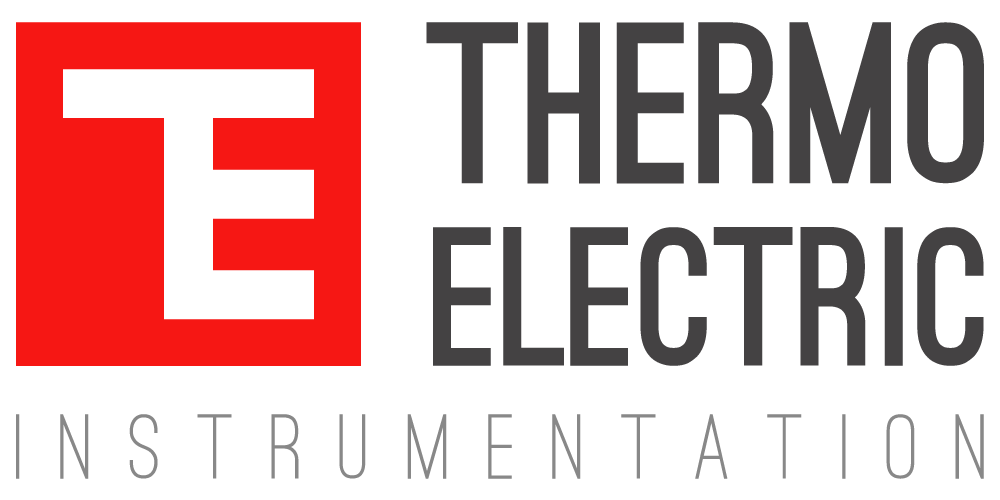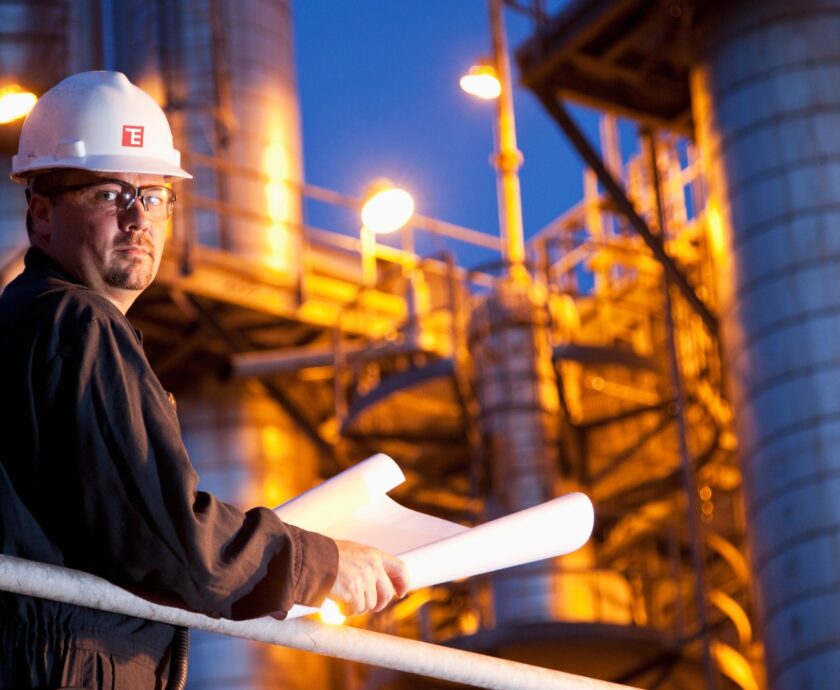In the grand scheme of environmental challenges, temperature sensors may seem like minuscule players. But, delve deeper, and their role in producing and mitigating greenhouse gas emissions becomes undeniable. While public conversations often revolve around major industrial culprits, it’s time to shine a light on the hidden, yet significant impact of inaccurate temperature sensing.
1. The Direct Link: Inefficient Combustion
Efficient combustion in industrial furnaces, boilers, and heaters is heavily reliant on accurate temperature readings. A faulty temperature sensor can lead to incomplete combustion. This not only wastes fuel but also produces a higher proportion of carbon monoxide, a potent greenhouse gas. The indirect consequence? Increased carbon dioxide (CO2) emissions due to burning additional fuel to compensate for inefficient processes.
2. Product Waste and its Environmental Toll
From the petrochemical industry to food processing, temperature precision is key to product quality. Inaccurate temperature readings can result in products that don’t meet quality standards. This translates to waste: discarded products, re-processing, or additional treatments, all of which have a carbon footprint.
3. The Chain Reaction of Equipment Failures
Equipment often operates within specific temperature ranges. Sensors that don’t detect overheating can lead to equipment failure, necessitating repairs or replacements. The production and transportation of replacement parts, coupled with increased operational downtimes, contribute further to the carbon footprint.
4. Imprecise Monitoring in Environmental Systems
Consider an ethylene production plant. The cracking furnaces, pivotal in the process, need precise temperature readings for optimal functioning. Faulty sensors can cause imbalances, leading to sub-optimal yields and higher emissions. Across industries, these scenarios replay, underscoring the environmental impact of a seemingly small oversight.
5. Steel and Glass Processing: Precision is Paramount
In the steel and glass industries, maintaining precise temperatures is critical. For instance, in glass manufacturing, even minor deviations from the required temperature can lead to imperfections in the glass. Similarly, in steel production, the precise temperature is essential to ensure the desired metallurgical properties of the end product. Faulty sensors can disrupt these delicate balances, leading to wasted raw materials and increased energy consumption during re-processing.
6. Lost Opportunities for Emission Reductions
Many industries employ waste heat recovery systems to recapture and reuse energy. These systems rely on temperature sensors to function optimally. Inaccurate readings can undermine the efficiency of these systems, squandering opportunities to reduce emissions.
Towards a Sustainable Solution
The solution lies not just in acknowledging the issue but in proactive measures. Investing in high-quality, reliable temperature measurement is paramount. Regular calibration and maintenance of these sensors, along with staff training on their importance, can prevent inaccuracies.
Also, industries need to view temperature sensors not just as consumables, but as integral components of their sustainability initiatives. With the dual challenges of climate change and industrial growth, there’s no room for oversight. Precise temperature measuring is more than just an operational need; it’s an environmental imperative.
While the journey to net-zero emissions is multifaceted, every step counts. Recognising and rectifying the overlooked aspects, like temperature sensor accuracy, will collectively pave the way for a greener, more sustainable future.




